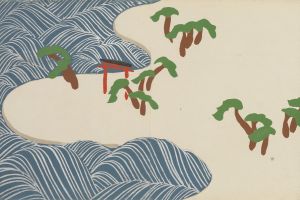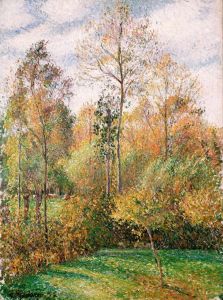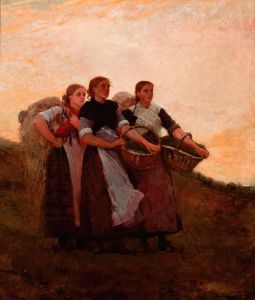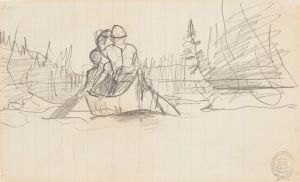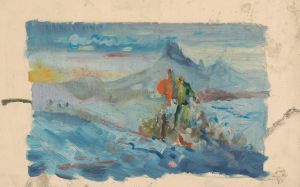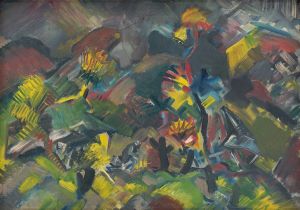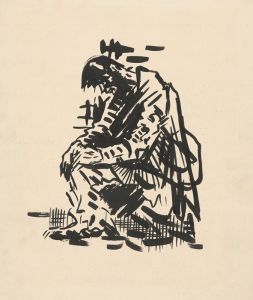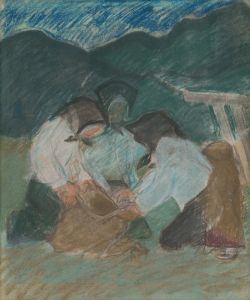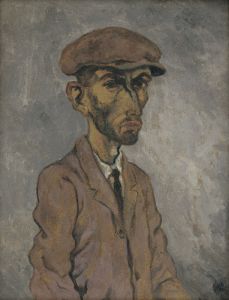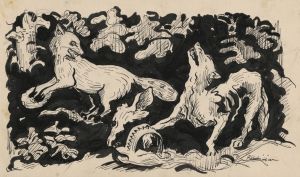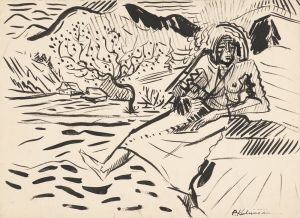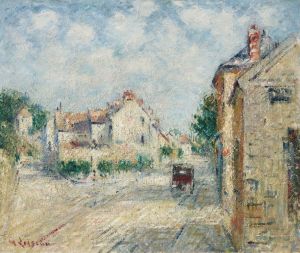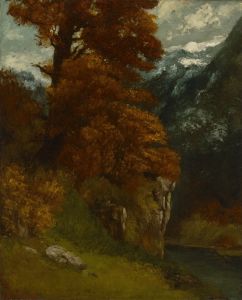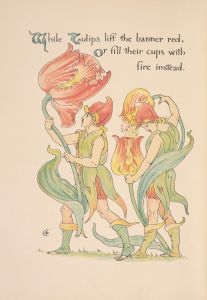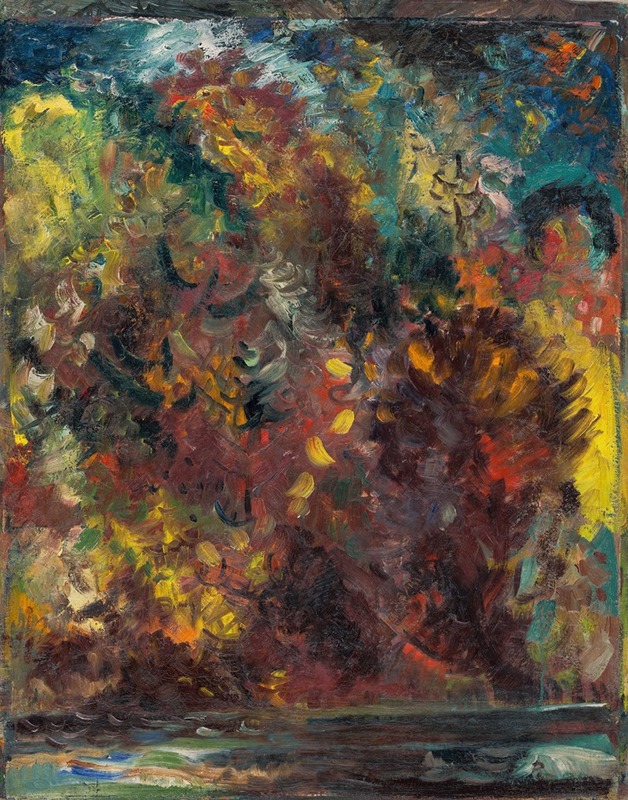
Autumn on a River Bank
A hand-painted replica of Arnold Peter Weisz-Kubínčan’s masterpiece Autumn on a River Bank, meticulously crafted by professional artists to capture the true essence of the original. Each piece is created with museum-quality canvas and rare mineral pigments, carefully painted by experienced artists with delicate brushstrokes and rich, layered colors to perfectly recreate the texture of the original artwork. Unlike machine-printed reproductions, this hand-painted version brings the painting to life, infused with the artist’s emotions and skill in every stroke. Whether for personal collection or home decoration, it instantly elevates the artistic atmosphere of any space.
Arnold Peter Weisz-Kubínčan (1898–1945) was a Slovak-Jewish painter whose works are characterized by their modernist style and deep emotional resonance. Among his notable creations is the painting Autumn on a River Bank. This artwork reflects Weisz-Kubínčan's distinctive approach to capturing the natural world, blending elements of symbolism and expressionism.
Autumn on a River Bank depicts a serene yet evocative riverside scene during the autumn season. The painting is marked by its vibrant use of color and dynamic composition, which convey the changing atmosphere of nature. Weisz-Kubínčan often employed bold brushstrokes and a vivid palette to evoke emotional depth, and this work is no exception. The interplay of warm autumnal tones with cooler hues of the river creates a striking visual contrast, emphasizing the transition and impermanence inherent in the season.
Weisz-Kubínčan's artistic career was deeply influenced by the cultural and political climate of Central Europe in the early 20th century. Born in Slovakia, he studied art in Budapest and Vienna, where he was exposed to various modernist movements. His works often reflect a synthesis of these influences, incorporating elements of Cubism, Fauvism, and Expressionism. Despite his growing recognition as an artist, his career was tragically cut short due to the events of World War II and the Holocaust. Weisz-Kubínčan was deported to a concentration camp in 1944 and is believed to have perished in 1945.
The exact date of creation for Autumn on a River Bank is not documented, but it is consistent with the themes and techniques present in Weisz-Kubínčan's body of work from the 1930s and early 1940s. Much of his art from this period explores themes of nature, spirituality, and human emotion, often serving as a poignant reflection of the turbulent times in which he lived.
Today, Weisz-Kubínčan's works are regarded as significant contributions to Slovak modern art. However, due to his untimely death and the destruction of many of his pieces during the war, surviving works like Autumn on a River Bank are relatively rare and highly valued. They serve as a testament to his artistic vision and the enduring power of his creative expression.
Further details about the painting, including its current location or ownership, are not widely available.





